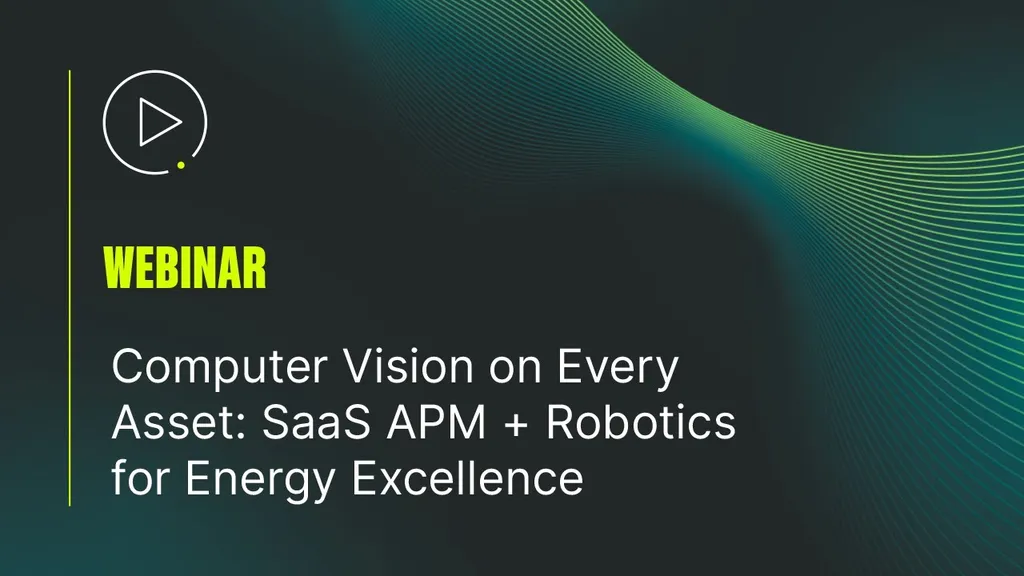Researchers Tomoki Nakao, Kazumi Kasaura, and Tadashi Kozuno from Omron Sinic X, a technology research and development center, have developed a new approach to improve the navigation of multiple autonomous agents, such as drones or robots, in complex environments. Their work, titled “Symmetry-Breaking in Multi-Agent Navigation: Winding Number-Aware MPC with a Learned Topological Strategy,” was published in the journal IEEE Robotics and Automation Letters.
The team addressed a common challenge in multi-agent navigation: symmetry-induced deadlocks. When multiple agents interact, they often struggle to decide how to pass each other, leading to inefficiencies and potential collisions. To tackle this issue, the researchers introduced a hierarchical navigation method that combines learning-based and model-based approaches.
Their method involves a two-tiered policy. The first tier is a learning-based Planner that uses reinforcement learning to devise cooperative strategies for the agents. It quantifies these strategies using a topological invariant called the winding number, which helps the agents understand their relative positions and movements. The Planner also learns to assign dynamic weights to prioritize certain agent interactions in dense scenarios where multiple agents cross paths simultaneously.
The second tier is a model-based Controller that executes the strategies provided by the Planner. It generates collision-free and efficient motions based on the winding numbers and weights, ensuring smooth and safe navigation.
The researchers demonstrated the effectiveness of their method through simulations and real-world robot experiments. Their approach outperformed existing baselines, particularly in dense environments, by efficiently avoiding collisions and deadlocks while achieving superior navigation performance.
This research has practical applications in the energy sector, particularly in the operation of autonomous drones or robots for inspections, maintenance, and monitoring in complex environments such as offshore wind farms, solar power plants, or oil and gas facilities. By improving the navigation capabilities of these agents, the method can enhance the efficiency and safety of energy operations, reducing downtime and maintenance costs.
The code for the experiments is available on GitHub, allowing other researchers and developers to build upon this work and further advance the field of multi-agent navigation.
This article is based on research available at arXiv.

